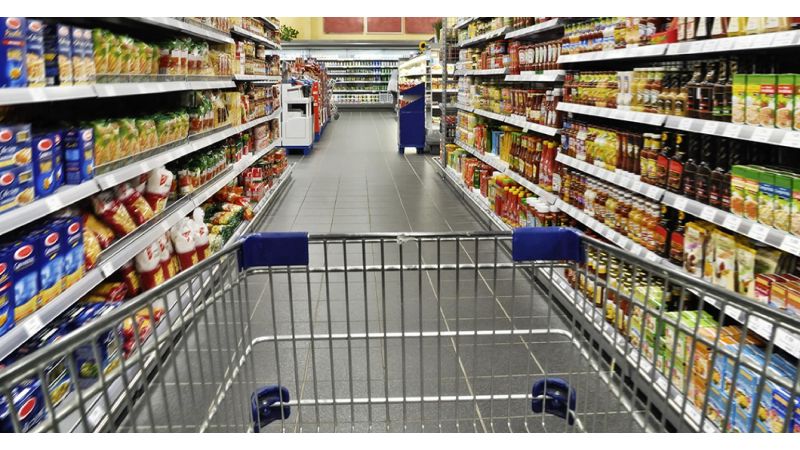Startup
Don’t Make These 5 Mistakes While Grocery Shopping to Protect Your Health and Save Money

Americans continue to visit supermarkets even though it may appear that internet shopping has taken over. 1.6 times per week on average, Americans visit the grocery store. Grocery shopping, therefore, may appear to be a routine or easy task, but it involves more. Still, the majority of people are unaware that they are making critical errors that are jeopardizing their health and preventing them from saving money. The following list comprises five typical errors that grocery store customers frequently commit.
- Not considering the price per quantity, but only the purchase price
Customers lose out on significant financial savings when they solely consider the final cost rather than the cost per quantity of goods. For example, three times as much is contained in a packet of raw beans, which may cost more than a can of pre-cooked beans. Customers may thus pay $1.25 for the can and $0.66 for each ounce for the pack. The pack now represents a better value. When grocery shopping, figuring out the cost per unit can help consumers get more value for their money and save a significant amount of money.
- Neglecting Food Labels
Buyers should be careful not to be seduced by buzzwords like “low-calorie” or “healthy” on the front of the packaging. The true story behind the label must be revealed to consumers in order to ensure a healthy purchase. Information about nutrients that are necessary, such as dietary fiber, vitamins, and minerals, as well as information about harmful substances like sodium, saturated fat, and added sugars, are provided on the nutrition facts panel. As a result, consumers need to consider all available nutritional information when making decisions.
- Buying Mishandled Seafood or Meat
Most seafood purchases are made raw for cooking. So, the only fish that should be purchased for sashimi or ceviche is that which is labeled as “sashimi grade” and is refrigerated or kept on ice. Seafood should also be frozen right away or consumed as soon as possible. This also applies to non-fish items, like shellfish, which must be kept frozen or extremely cold in order to be safe for eating. Moreover, the same holds true for meat.
- Disregarding Prepared Food Temperatures
In the deli section of several supermarkets, prepared food is kept. If you are thinking about purchasing these, exercise caution and pay special attention to the items’ temperature and preparation. The case’s face should read 135 degrees Fahrenheit for hot food and less than 41 degrees for cold food, and the prepared food should be visibly hot or cold. Furthermore, in order to preserve their integrity, quickly perishing items need to be kept colder.
- Purchasing Only Organic
Although organic food is touted as being healthier, it may not always make sense to buy organic and can be pricey when purchasing it at the grocery store. It’s critical to understand which produce items are worth purchasing organic and which can be purchased without compromising quality. Products that require a lot of pesticides or that accumulate a lot of them should be purchased organically; for greater savings, avoid purchasing items at the supermarket that are readily available in the neighborhood market.
-

 Sports4 weeks ago
Sports4 weeks agoFIFA Club World Cup 2025: Complete List of Qualified Teams and Groups
-

 Sports3 weeks ago
Sports3 weeks agoAl Ahly vs Inter Miami, 2025 FIFA Club World Cup – Preview, Prediction, Predicted Lineups and How to Watch
-
Health2 weeks ago
Back to Roots: Ayurveda Offers Natural Cure for Common Hair Woes
-

 Tech2 weeks ago
Tech2 weeks agoFrom Soil to Silicon: The Rise of Agriculture AI and Drone Innovations in 2025
-

 Sports4 weeks ago
Sports4 weeks agoFIVB Men’s Volleyball Nations League 2025: Full Schedule, Fixtures, Format, Teams, Pools and How to Watch
-

 Startup3 weeks ago
Startup3 weeks agoHow Instagram Is Driving Global Social Media Marketing Trends
-

 Sports3 weeks ago
Sports3 weeks agoWorld Judo Championships 2025: Full Schedule, Date, Time, Key Athletes and How to Watch
-

 Sports2 weeks ago
Sports2 weeks agoFIBA 3×3 World Cup 2025: Full Schedule, Preview, and How to Watch













